Cristina Davis is a professor of mechanical and aerospace
engineering and associate dean of research for the UC Davis
College of Engineering. (Photo courtesy of UC Davis)
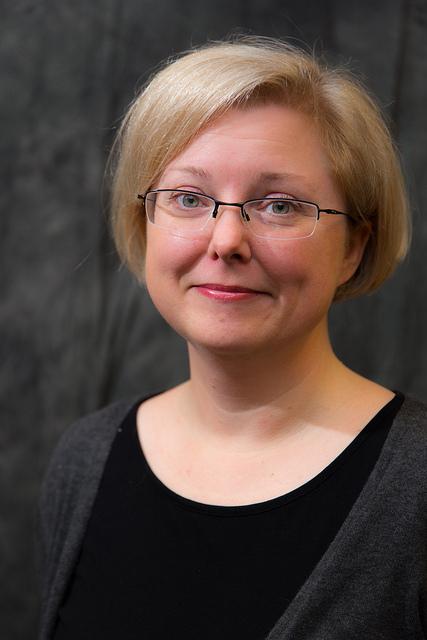
For more than 20 years, Davis has been working in the field of chemical sensing and breath research. But the pandemic put her field under the microscope.
“The pandemic really helped to highlight what this field had to offer … and now I see a lot of changes and a lot of investment happening in a fairly short time frame,” Davis says.
Funded by the National Institutes of Health and CITRIS Seed Funding in 2019 and 2020, her project links academic and commercial arenas — a bridge Davis admits is tricky to navigate. UC Davis has programs to assist professors and students with big ideas, but innovators can choose which path they prefer. The university can license a patent to industry. Or the faculty and student inventors may decide to serve as a co-founder of a new company, or take a short leave of absence from the university to put their effort into the business.
With the mixed-used innovation district Aggie Square coming online soon, Davis sees more possibilities for the region to grow as a medtech hub. Personalized, at-home monitoring will continue to be useful, especially for the aging population looking to stay healthy and stay in their homes longer. But a major challenge is bringing products to market that not only meet the needs of individuals, she says, but also cross socioeconomic divides, supporting individuals who may not have as much disposable income or know how to integrate technology into their daily lives.
“I think the technology developers should pay more attention to that going forward,” she says, “because I think that is the way to have the biggest impact to help a large segment of the California population.”
–
Stay up to date on business in the Capital Region: Subscribe to the Comstock’s newsletter today.
Recommended For You

The Doctor Will See You Now
COVID-19 gave a major boost to telehealth services, but for how long?
During the pandemic, the benefits of patients connecting
virtually have been transformative in many ways.
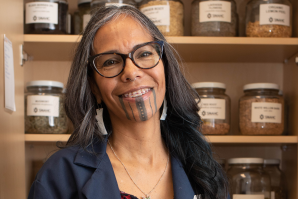
Restoring Balance
Medical herbalist Sage LaPena shares traditional knowledge and health education
As the practitioner for the Sacramento Native American Health Center’s Healing Ways Program, Sage LaPena helps patients get control of their conditions through a holistic approach.
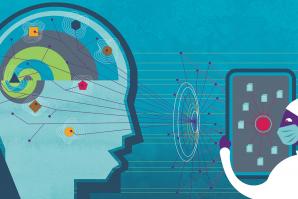
Can Artificial Intelligence Improve Mental Health?
After the disruption of 2020, the push for more collaborative affiliations has become even more urgent. At the core of this evolving model is technology.
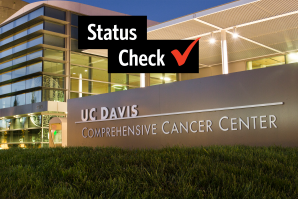
A Comprehensive Effort
UC Davis Comprehensive Cancer Center looks to leverage recent $17.5 million federal grant
Factoring in local matches, a common requirement for federal grant awards, the money could go much further.
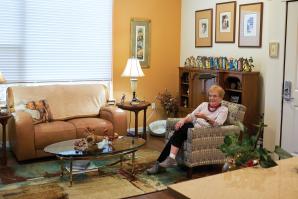
The New Age of Aging
Developers in the Capital Region are building new models of senior housing — in preparation for the ‘silver tsunami’ to come
As aging baby boomers approach their golden years, new senior living projects are springing up to accommodate to increased demand and offering a new take on “aging with grace.”



